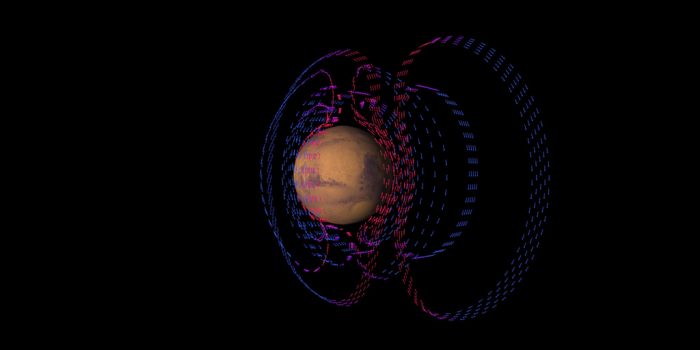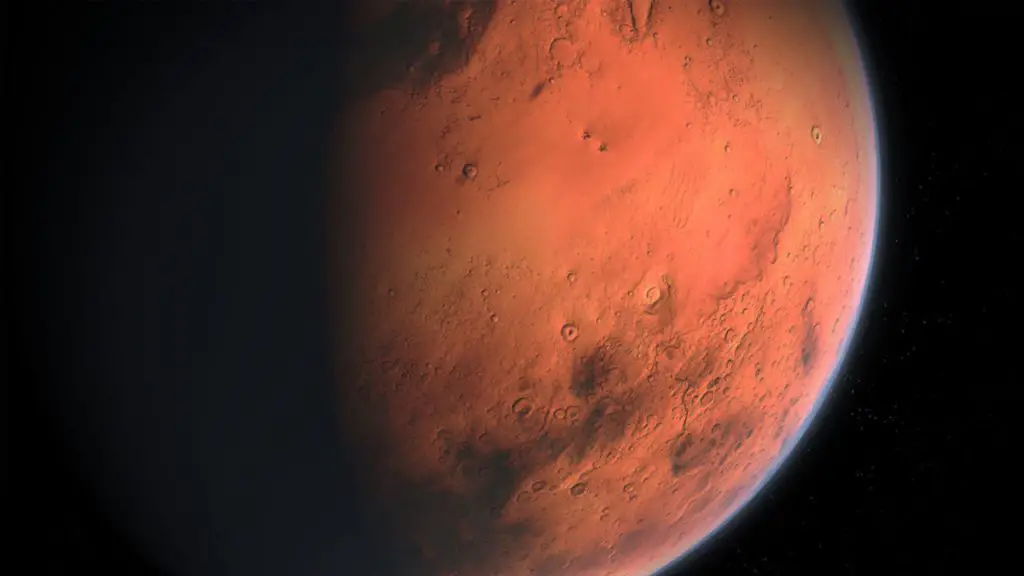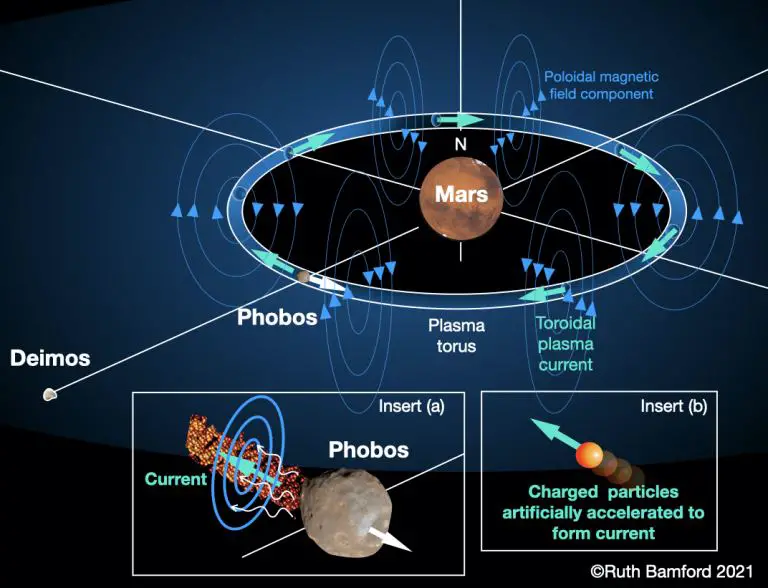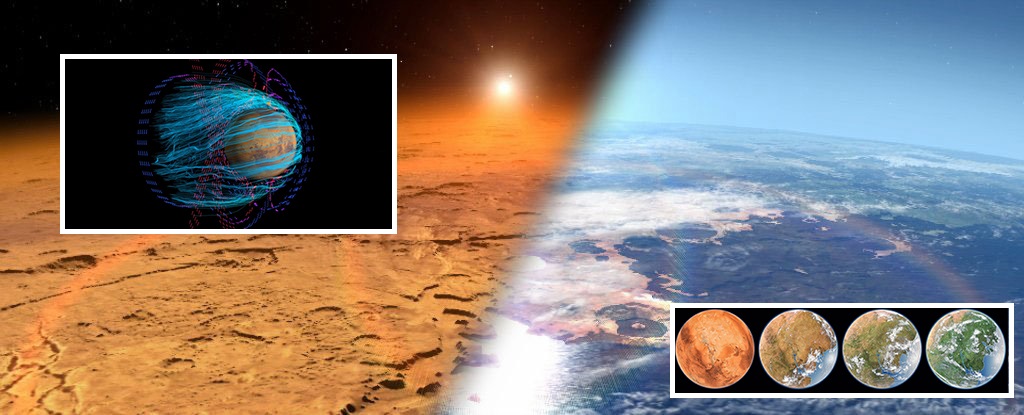Our forefathers put in motion a chain of circumstances that would very probably result in humans stepping on Martian land the minute we emerged from our caves and stared up at the night sky with interest and awe.
And, if current predictions are correct, that day might arrive within the next several decades. NASA has every intention of conducting a crewed trip to Mars in the 2030s.
Meanwhile, those of us who are still here on Earth must contemplate what such a feat would signify for humanity in the long run.
Is Elon Musk correct? Is it critical for humanity’s destiny that we become a “multiplanet species” as soon as possible?
Make humanity a multiplanet species!
— Elon Musk (@elonmusk) May 6, 2021
And, if so, what does that imply? How can we transform a bleak, stony planet that makes Antarctica appear like a tropical paradise into a location where people would wish to raise their children?
The solution is straightforward: terraforming. Essentially, we are using science and engineering to figure out how to make Mars more like Earth.
Of course, as a race, we lack the technology required to terraform planets. If we did, we might be able to utilise it to prevent our own from deteriorating to the point of no return as a result of human-caused climate change.
But suppose we finally figure out terraforming. What would it resemble?
The first stage, according to a team of experts from NASA, RAL space lab, and Princeton, would be to stabilise the red planet’s magnetosphere.

According to the team’s paper:
The Earth’s magnetosphere helps protect the planet from the potential sterilizing effects of cosmic rays and also helps retain the atmosphere, which would otherwise by stripped by large solar storms as they pass over the planet.
Mars does have small patches of remnant surface magnetic field, but these are localized in the southern hemisphere and are not of sufficient size or magnitude to protect the planet or a colony.
The key idea would then be to figure out how to restart the atmosphere by generating a magnetosphere similar to Earth’s.
However, as Brian Koberlein of Universe Today points out, this is easier said than done:
Unfortunately, we can’t just recreate Earth’s magnetic field on Mars. Our field is generated by a dynamo effect in Earth’s core, where the convection of iron alloys generates Earth’s geomagnetic field. The interior of Mars is smaller and cooler, and we can’t simply “start it up” to create a magnetic dynamo.
The study goes on to describe how one plausible option may be to use one of Mars’ moons as a type of magnetic particle generator, charging up the planet from the outside in.
It is a little more complicated than that, but the idea is that a magnetosphere would grow around the planet, eventually leading to a stable biosphere. You would have breathing air, water, and protection from the damaging radiation that makes life on Mars a living nightmare right now.
It is not difficult to envisage plants and wildlife flourishing on Mars within a few decades. And, of course, such an ecosystem should be capable of supporting human existence.
This has some intriguing philosophical ramifications. Currently, scientists agree that humans have not uncovered solid proof of sentient life outside our own planet.

Even if we never find extraterrestrial life, life on other worlds might exist in a few hundred years. What if, by the year 2500, the specialised circumstances we have created on Mars have resulted in specialised flora and animals?
Humans would have spread the first known seeds of life beyond Earth, establishing proof for our species as the progenitors of sentient life in the cosmos.
After all, if we can terraform Mars, there is no reason we can not do the same with other worlds. Indeed, the team working on the magnetosphere problem sees practical applications for the technology that go beyond simply making planets habitable.
According to the paper:
Whilst the ideas presented here are at the scale of a planet like Mars, the principles are equally applicable to smaller scale unmagnetized objects like manned spacecraft, space stations or moon bases, creating protective ‘mini-magnetospheres’.
Solving the problem of deep space radiation with craft-sized magnetospheres would be a game-changer for interplanetary travel and, eventually, a crucial basis for crewed trips into deep space.
The researchers are quick to point out that the purpose of this study is not to prove the necessity for such technologies, but rather to examine the possible uses and engineering problems as a discussion starter.
It seems unlikely that humans will ever be able to cultivate tomatoes on Mars. But it is never too early to think about how we will go from here to eating Martian marinara sauce.





